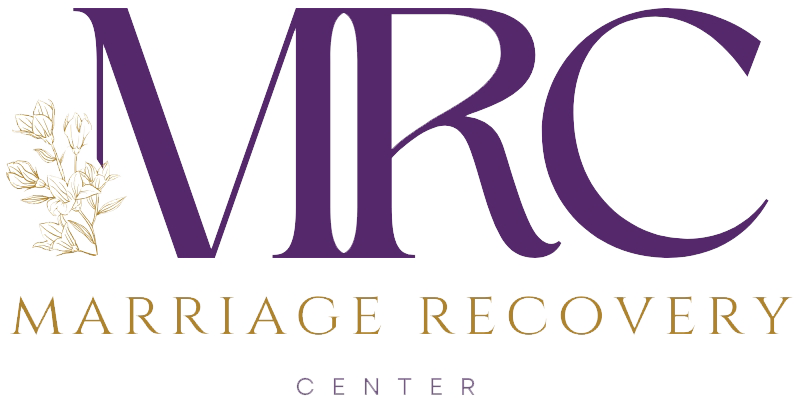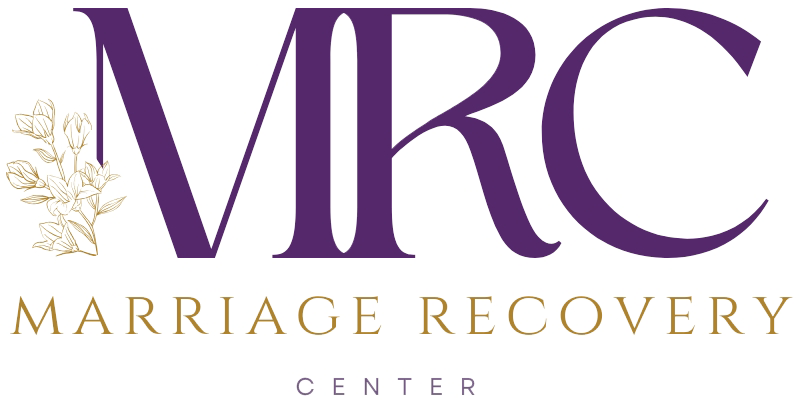How to stop being narcissist? Most people will tell you that there is no hope and no treatment for narcissism. And if we’re talking about the pathological disorder NPD, I would agree there is probably very little likelihood of change. But most people who are labeled narcissist or NPD don’t actually have the disorder. Rather, they are somewhere on the spectrum, with some to many traits.
This is the population we primarily work with here at the Marriage Recovery Center and we get a lot of flak for our position on this topic which is yes, treatment for narcissism is possible. We’re not saying it’s always possible for everyone. Dr. Hawkins talks about how to stop being narcissist, what it really takes for successful treatment and real change to occur.
How to Stop Being Narcissist: The Four Keys to Treatment Success
Narcissism and emotional abuse are complex issues that involve deep-seated character patterns. Treating these conditions can be challenging, but it is essential for those who genuinely want to change. In this article, we will explore the Four Eyes of treatment success, as explained by Dr. David Hawkins, the director of the Marriage Recovery Center and the Emotional Abuse Institute. These Four Eyes can help individuals and their loved ones understand what effective treatment looks like and gauge their progress towards recovery.
1. Investment: The First Eye
The first key to treatment success is investment. To determine if someone is committed to change, consider whether they have invested their time, talent, money, and life energy into their recovery. Just as a recovering alcoholic may continue attending AA meetings long after they’ve quit drinking, someone seeking to overcome narcissism and emotional abuse should demonstrate a clear commitment to their recovery.
Dr. Hawkins shared a story of an individual who had been attending recovery meetings for 17 years despite not having touched alcohol or drugs during that time. This dedication serves as a powerful example of what true investment looks like. If someone is genuinely invested in their recovery, you will see it in their actions and unwavering commitment.
2. Involvement: The Second Eye
The second key to treatment success is involvement. Individuals working on their narcissistic tendencies should actively engage in the recovery process. This involvement can manifest through reading relevant materials, watching educational videos, attending recovery group meetings, and completing assigned tasks.
When someone is deeply involved in their recovery, they demonstrate a willingness to learn and grow. Their active participation in therapeutic exercises and group activities indicates a serious commitment to change. Conversely, minimal involvement should raise concerns about the individual’s dedication to their recovery journey.
3. Intensity: The Third Eye
The third key to treatment success is intensity. It’s crucial to assess whether the individual genuinely cares about their recovery process. Are they passionate and intense about their journey towards healing? A high level of intensity indicates that they view their recovery as a top priority and are determined not to slip back into their old patterns.
People who are intense about their recovery make it a point not to miss therapy sessions, group meetings, or any opportunity for growth. Their determination to break free from narcissistic behavior and emotional abuse is unwavering. This intensity is a powerful force that propels them towards lasting change.
4. Indefatigability: The Fourth Eye
The fourth key to treatment success is indefatigability, which means being tireless in the pursuit of recovery. Individuals committed to overcoming narcissism and emotional abuse will not tire easily on their journey. They recognize that nothing is more important than becoming a healthy, whole individual capable of engaging in healthy relationships.
These individuals remain steadfast through the ups and downs of recovery, never losing sight of their goal. They do not make excuses or give in to moments of lethargy. Instead, they prioritize their recovery above all else because they understand that it is the foundation for a better life.
Conclusion
Understanding the Four Eyes of treatment success—investment, involvement, intensity, and indefatigability—provides a valuable framework for evaluating progress in the journey to overcome narcissism and emotional abuse. By assessing oneself or others on these criteria, one can gain insight into the commitment and dedication required for lasting change.
Remember that recovery from these complex issues is not a sprint but a marathon. Those who embody these Four Eyes are on the right path to becoming healthier individuals and building more fulfilling relationships. It’s a challenging journey, but with the right mindset and dedication, transformation is possible.
To learn how we can help, reach out to us at (206) 219-0145 or info@marriagerecoverycenter.com to speak with a Client Care Specialist
Also read: How to Tell if Someone is a Narcissist : The 3 Ds of Narcissism
About Dr. Hawkins:
The internet is inundated with hyperbole and misinformation about narcissism, leaving many people confused and hopeless. Get the facts on narcissism and emotional abuse from someone who has been researching, writing about and treating narcissism and emotional abuse for over a decade.
Dr. Hawkins is a best-selling author and clinical psychologist with over three decades of experience helping people break unhealthy patterns and build healthier relationships.
He is the founder and director of the Marriage Recovery Center and the Emotional Abuse Institute which offers education, training and counseling for people who want to break free of, and heal from, emotional abuse. Whether the perpetrator of the abuse is your spouse, partner, parent, boss, friend or family member, we offer practical advice for anyone trapped in a toxic, destructive relationship.
In addition to narcissism & emotional abuse, you’ll learn about the lesser known forms of abuse, including covert abuse, reactive abuse, spiritual abuse, secondary abuse, relationship trauma and much more.








